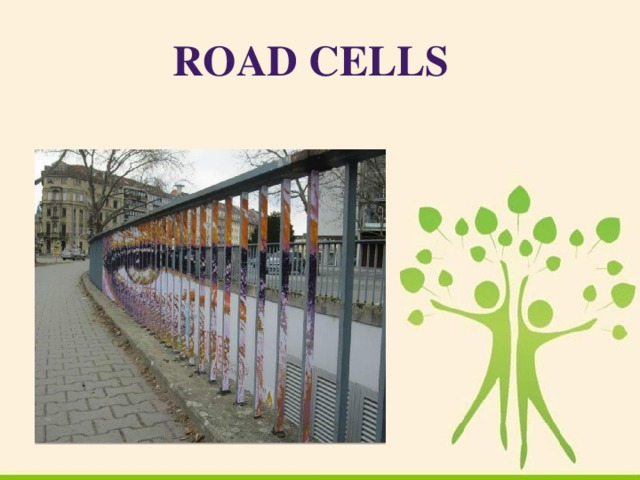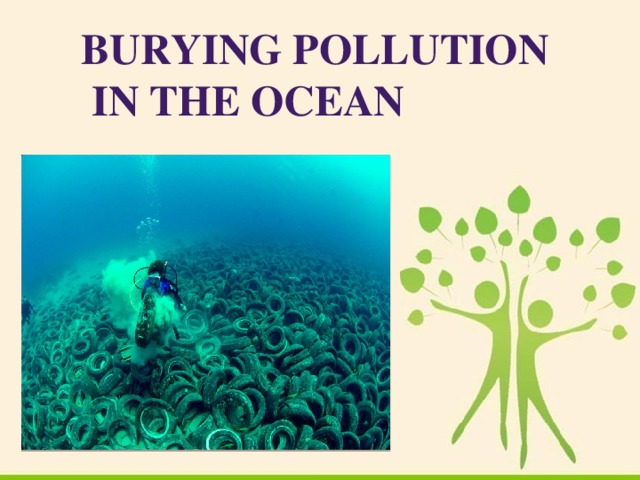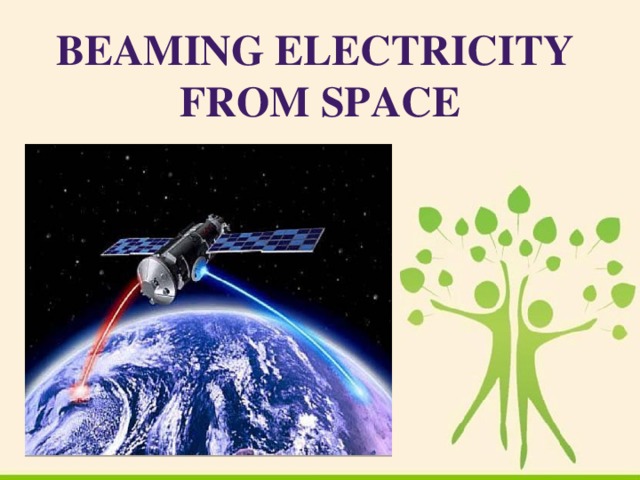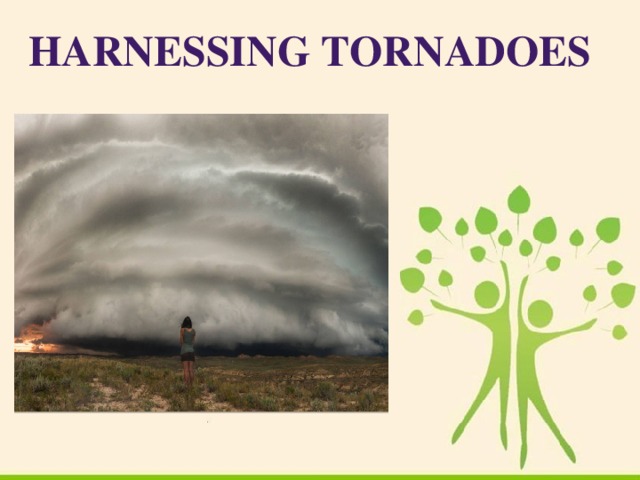Weird, Crazy Ideas for Helping the Earth
Many ideas for stemming environmental catastrophe have turned out to be impossible, dangerous, or just ridiculous.
Good on paper, bad in practice: from fart offsets to eco-beer, blocking the sun to Green Burning Man, here are 20 of the craziest innovations, inventions, and ideas to save the planet – most of which have fallen miserably short of the mark. In the modern green movement rush to solve our numerous environmental crises, scientists have been scrambling to develop innovative technologies and creative solutions. Some of these developments – from small-scale interventions like cargo container homes to citywide green urban re-designs – have been lauded for their ingenuity and potential. But other concepts, while initially offering promise, have turned out to be impossible, dangerous, or just…ridiculous.
1. Human-Powered Floating Gyms
Human-powered floating gyms – a great way to transport yourself downriver as long as you don’t mind working out in an encased shell with a dozen other sweaty bodies. Could this be New York’s answer to the problem of traffic congestion? While scientists have been working to find a way to harness wasted energy expelled by people at gyms, the practicality of floating gyms is debatable. Would people want to work out on their way to meetings and appointments? Would the resources used to build the gyms make the energy savings even worth it? Isn’t walking or biking on existing roadways a more feasible (and inexpensive) method of transport?
2. The 15-Year Light Bulb
Everyone would love a light bulb that lasts 1.5 decades. Think of all the energy humans would collectively save. Unfortunately, though many were excited by the, um, glow of this idea, the radioactivity of the bulb means we still need a nontoxic answer to the problem of wasted electricity when it comes to lamps and lighting.
3. Road Cells
The friction and heat generated by cars on the road adds up to a lot of wasted energy. Scientists have toyed with the idea of special absorbent cells that could harness all that alternative energy for reuse. The only problem is a lack of feasibility: retrofitting roads with special cells is unlikely when our crumbling infrastructure is already in such a state of disrepair. And the wear-and-tear dilemma has yet to be resolved.
4. Cow Fart Offsets
Cows produce a lot of methane when they emit. Methane is 23 times worse than carbon dioxide. Researchers recently discovered that kangaroo flatulence is methane-free thanks to a certain unidentified bacteria. They have said that if people can infect livestock such as cows with the bacteria, humans can possibly prevent this widespread methane pollution. But it will take at least three years to isolate the bacteria, and scientists have no idea what impact the germ would have upon the health of cows. While cows do produce tremendous amounts of methane (14% of greenhouse gases total), bypassing cattle farts would do nothing to put a dent in the tremendous resources they use: water, feed, and space. Beef is one hell of an inefficient dinner. Besides, cows also produce ammonia.
5. Burying Pollution in the Ocean in Really Big Bags
There are numerous ideas to deal with carbon dioxide that involve the ocean: planting lime, seeding iron, and least plausibly, dunking carbon-filled sacks. Some ideas may indeed be viable, but specialized sacks don’t look to be. These large, sausage-shaped skins could be easily transported (the resources and transport required for carbon tanks have rendered that scheme a lost cause for now). But they could also be easily snagged and torn, and scientists won’t have them ready until 2020. And since humans produce 800 tons of carbon every second, people would use a bag every 11 days at the current rate. If oceans are forced to absorb carbon dioxide, though, the acidity will increase, which translates to danger for marine life. The inherent dilemma remains: people simply need to create less mess.
6. Block the Sun, Blow Up Volcanoes, and Other Manly Stuff
Geo-engineering was once considered loony bin science. No more. Of particular interests to scientists right now is the potential cooling that could result if they engineered a massive volcanic explosion. When Mt. Pinatubo exploded in 1991, millions of tons of sulphur dioxide helped create a cooling effect. Unfortunately, scientists still know too little about the exact mechanisms of global warming, and intentionally creating massive weather systems or environmental catastrophes could cause more harm than good. This is talking about tinkering with a watch when people don’t know the time. It’s not off the table, but geo-engineering has a long way to go before being viable.
7. Eureka! Don’t Have Babies
Humans tend to look to technological innovation in hopes of saving the planet, but the simple truth is that consuming fewer resources is (or was) the best hope. And that means no more babies. Especially for Americans – they are living as if there are 5 earths instead of 1. Unlikely, however, until humans no longer feel compelled to continue the species and the Pope no longer feels compelled to keep millions in the Middle Ages with his rants against birth control. The urge to procreate and religion: good luck taking these on, environmentalists.
8. Sonic Curtains
Biophony is an important element of environmental stability, and with the widespread problem of noise pollution harming animals and stressing humans, scientists are looking for answers. The Polytechnic University of Valencia, Spain is convinced that sonic cloaks are the remedy to camouflage too much noise. Ostensibly, this will encourage people to repopulate cities, reducing suburban sprawl, but what happens if your neighbour’s apartment is on fire and you’re blissfully sleeping through the screams?
9. Hairy Plants
A researcher named Christopher Doughty of the University of California at Irvine noticed that plants in hot, arid regions are hairy – and this unique characteristic enables the plants to reflect harmful near-infrared light and drive more efficient photosynthesis. The proposed solution: a hairier, furrier landscape, coming to a backyard near you. Unfortunately, disturbing natural ecosystems by introducing alien plant species is a poor idea. And while plants could be genetically engineered to be as furry as their desert counterparts, the practicality of this green solution is questionable at best. Extra reflection could mean less water evaporation, which would actually heat the planet further.
10. Beaming Electricity from Space
Send satellites into space, where they unfurl 1.5 mile-long solar arrays and send limitless clean energy to earth. Japan is already investing heavily in this technology. One problem: the beam could theoretically miss the receiver and fry, say, a neighbourhood. Researchers are working on a solution to this potential disaster, but so far no luck.
11. Giant Fake Trees
One passionate, if nutty, scientist named Wallace Broacher has a desperate plan to save the planet: “plant” millions of massive trees all over the globe at a cost of $600 billion a year. Fake trees, at that. The trees will be capable of sucking up carbon dioxide, thereby theoretically containing the climate change threat. Broacher is the scientist who originally coined the term “global warming”, but his scrubber tree scheme isn’t sticking.
12. Harnessing Tornadoes
Since tornados frequently exceed 100 mph, generating 10 mega-watt hours of power, scientists are hard at work developing machines that could somehow intake and harness this power. One scientist says he knows how to trap a tornado and keep the twister going indefinitely, generating all the power we need. The commercial machine is slated for debut in about 5 years, but the dangers of such a device are serious. A tornado might grow out of control, destroying the machine and creating widespread devastation. The scientist working on the machine says such concerns are ridiculous, because all he has to due is flip a switch to slap that silly little tornado back into its place. Why, a tornado spinning out of control would be inconceivable!
13. Eliminating Predation
The idea of eliminating predators from the ecosystem is certainly one of the most radical megaprojects ever proposed. And indeed, ridding our biosphere of predation would be a monumental task requiring technologies and foresight abilities far beyond our current capacities.
But such is the dream of David Pearce, a British philosopher and futurist who imagines a future in which animals are liberated from the never-ending cycle of Darwinian processes and its attendant pain and suffering. Here’s what he told me last year when I asked him if it was any of our business to interfere with the animal kingdom in such a sweeping way:
Humans already massively “interfere” with Nature in countless ways ranging from uncontrolled habitat-destruction to captive breeding programs for big cats to “rewilding”. Within the next few decades, every cubic metre of the planet will be computationally accessible to surveillance, micro-management and control. On current trends, large nonhuman terrestrial vertebrates will be extinct outside our wildlife parks by mid-century. So the question arises. What principle(s) should govern our stewardship of the rest of the living world? How many of the traditional horrors of “Nature, red in tooth and claw” should we promote and perpetuate? Alternatively, insofar we want to preserve traditional forms of Darwinian life, should we aim for an ethic of compassionate stewardship instead. Cognitively, nonhuman animals are akin to small children. They need caring for as such.
To achieve and manage a post-Darwinian ecosystem, our descendants will have to rely on a large suite of sophisticated technologies, including genomics (for conducting gene drives, as an example), massive arrays of sensors and surveillance (both on the ground and from space), and artificial intelligence to monitor, evaluate, and compute the optimal parameters required for keeping the new system in balance.
Great green innovations don’t always pan out. And sometimes ideas that read like a wacky sci-fi novel turn out to be brilliant. Look for updates in future posts.






























